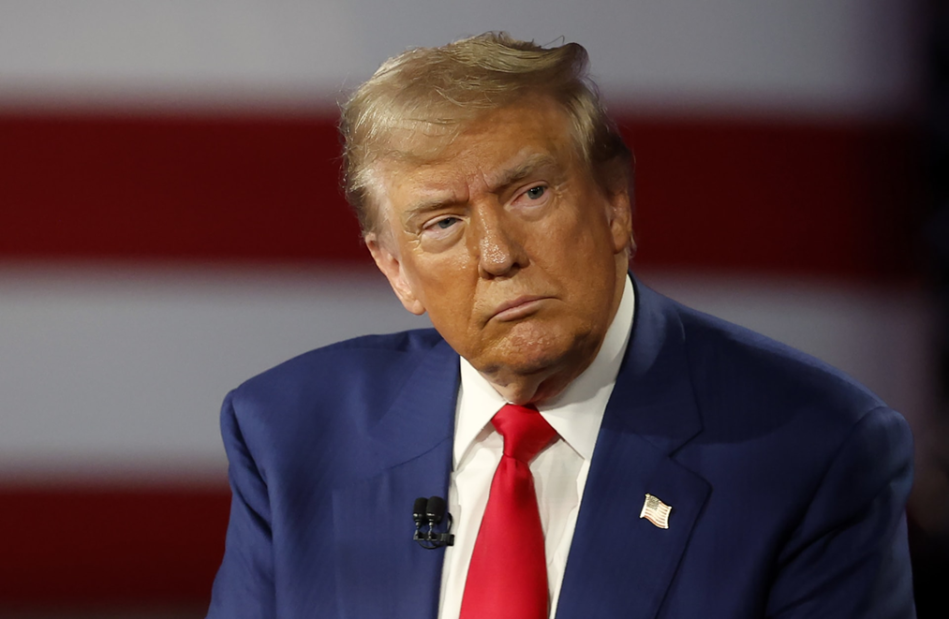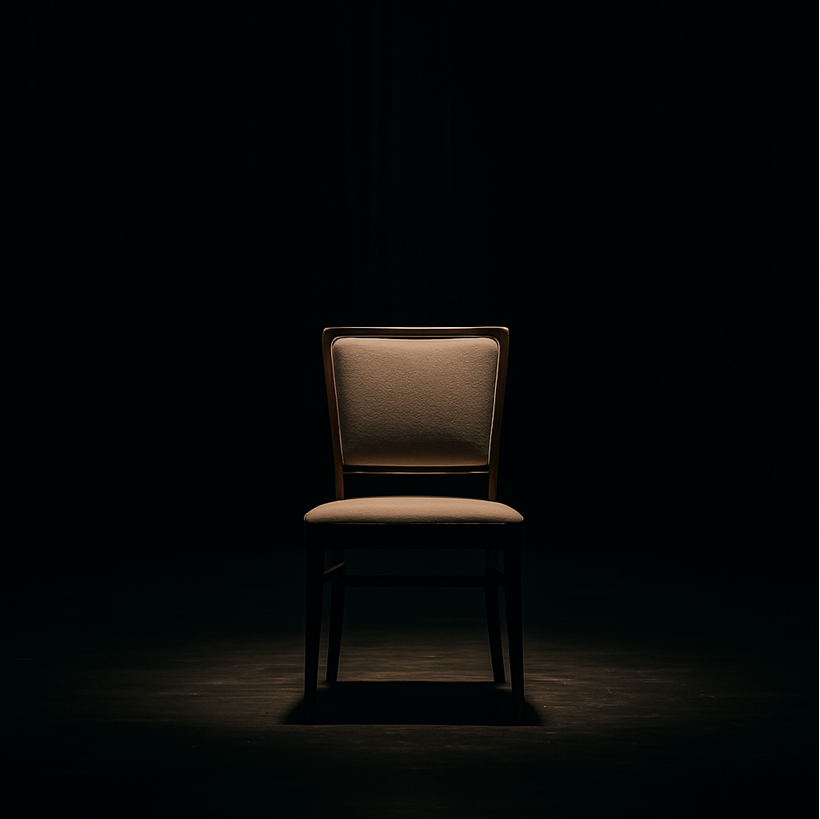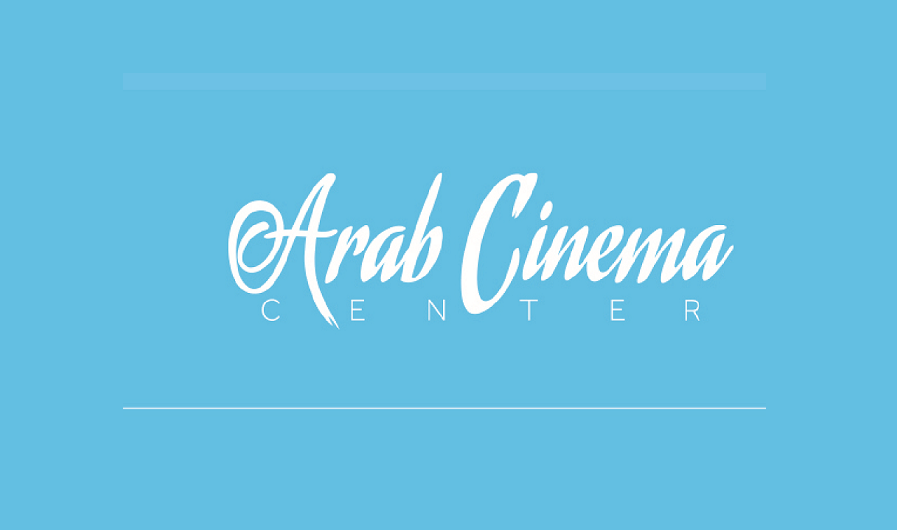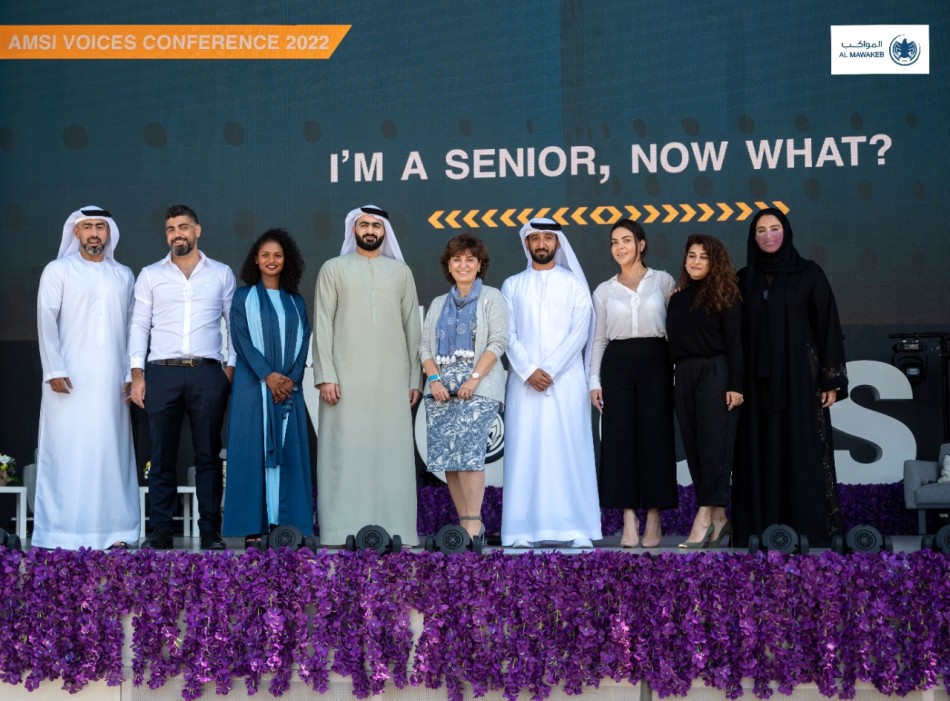A glimpse of human rights violations in Iran in 2021
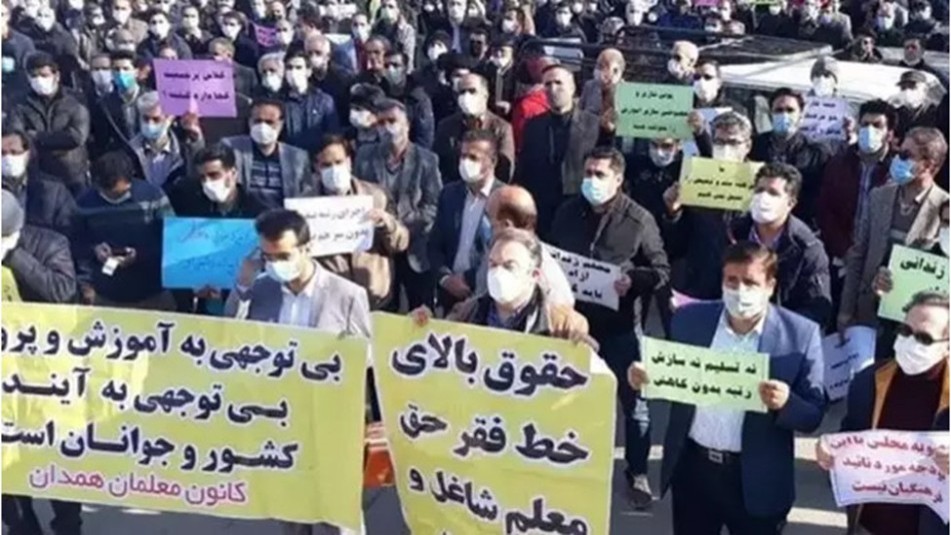
Beth: For the people of Iran, the year 2021 is over while the human rights situation has deteriorated dramatically. The report below sheds some light on how the ruling religious government is stepping up its repression over every aspect of life to maintain its grip on power.
The annual report of the Iran Human Rights Monitor on the human rights situation in Iran is the primary source for this summary.
Iran's Troubled Society and the Regime's New Power Arrangement
In 2021, people from all walks of life organized daily protests across Iran. Besides, there were at least three major protests in three provinces, Isfahan (central), Khuzestan (southwest), and Sistan and Baluchestan (southeast). These protests indicated the explosive state of Iranian society.
To maintain control and dominance, the Iranian regime's supreme leader, Ali Khamenei, decided to join forces. In June 2021, Khamenei chose Ebrahim Raisi, a notorious human rights violator, as the regime's head. Gholamhossein Mohseni Ejie has also been appointed as head of the judiciary.
Eiji is a ruthless criminal who served as Vice Principal when the latter was Chief of the Judiciary from 2019 to 2021.
In 2020, Khamenei also appointed former state security chief Mohammad Baqer Qalibaf as the head of the handpicked Shura Council. The Trio of Raisi, Eiji and Qalibaf have only one goal: to intensify the atmosphere of terror and repression to stifle all forms of dissent.
This new arrangement of power also reflects the regime's paranoia in the face of looming popular uprisings and the existential threat they pose to the regime's survival.
The violent suppression of protests in recent months, and the increase in the number of executions since June 2021, are evidence of the deteriorating human rights situation in Iran on the one hand and reflect the desperation of the ruling mullahs on the other.
Iran protests and regime repression
Protests erupted across Iran in 2021 due to the economic and social crises plaguing the nation. Three large protests lasted for up to several weeks.
On February 22, 2021, protests erupted in Sistan and Baluchestan in southeastern Iran, after regime security forces shot dozens of dispossessed fuel carriers.
On February 23, despite the heavy presence of the regime's security forces, the people of Sarafan rose up and clashed with the oppressive regime forces. They also stormed the province.
In response, Iranian regime forces opened fire on unarmed local residents, killing at least 40 protesters and wounding 100 others.
The protests began on July 15 in Khuzestan province, southwest of Iran, due to severe water shortages and the regime's destructive policies that caused the water crisis.
The protest, which was initially a protest against water shortages, soon took on a political character, as crowds began chanting anti-regime slogans calling for the downfall of the regime.
The repressive forces opened fire on the unarmed demonstrators. People in several other cities across Iran held protests in solidarity with the residents of Khuzestan.
On November 26, after days of sit-ins and widespread protests, the regime's security forces attacked farmers and local residents in Isfahan, who were demanding their right to irrigation water.
Security forces used shotguns and shot people mainly in the eyes. As a result, many protesters, especially young people, lost their sight.
Depriving people of their right to life
The death toll in Iran from Covid-19 has quickly reached half a million. Hundreds of Iranians die every day, nurses commit suicide due to work pressure, hospital beds are filled with patients, and hundreds of other people languish in dire conditions in hospital yards and corridors.
The current Corona tragedy could have been prevented
Fearing another uprising could end in the downfall of his regime, Khamenei and his officials launched a criminal policy in dealing with the Covid-19 virus. The regime used a strategy of mass casualties to create a buffer against the tide of the uprisings.
Khamenei described this virus as a “test” and a “blessing.” His regime officials denied the existence of Covid-19 in Iran for months, and when they had to announce its arrival, they tried to downplay it.
This policy came to a head in January 2021, when Khamenei banned approved US and British vaccines, citing some conspiracy theories.
Mansoura Mills, a researcher at Amnesty International, described Khamenei's ban on vaccines as "consistent with the authorities' decades-old contempt for human rights, including the rights to life and health."
Khamenei also benefited from the vaccine ban because one of his financial institutions, the “Imam Khomeini Order Execution Headquarters,” was tasked with producing so-called “domestic” vaccines, which not only failed to help, but also had dangerous side effects.
Increasing the number of executions
2021 ended with more executions. According to Iran's Human Resources Department, 357 people were executed in Iran in 2021, which means 107 more executions were carried out than in 2020. The actual number is much higher as the Iranian regime secretly carried out many executions. In December, at least seven women and three juveniles were executed by hanging.
While the number of executions has risen since Raisi became president, the so-called "moderate" government of Hassan Rouhani ended its eight-year rule with nearly 5,000 executions, including 144 in 2021.
Many political prisoners were also executed in Iran in 2021. Javed Dehghan was executed in Zahedan Central Prison on January 30, 2021. The Iranian regime executed Ali Mutairi on January 28, 2021.
Hassan Dehvari and Elias Qalandarzihi were executed on January 3, 2021. On February 28, 2021, the regime executed four Arab political prisoners.
In December, the regime executed Haider Qurbani, a Kurdish political prisoner, despite international protests to halt his execution.
Suspicious deaths of prisoners
In addition to the executions, the Iranian regime has secretly killed political prisoners in the prison. This phenomenon is known as 'suspicious deaths'.
In February 2021, Darwish Janabadi, Behnam Mahjobi, passed away. He was hospitalized after food poisoning in Evin Prison. Eight days later, on February 21, his death was announced at Tehran's Lokman Hospital. Regime authorities deliberately deprived Bahnam of medical care.
Sasan Nik was the same as another prisoner of conscience who died in Greater Tehran Prison on June 7, 2021, due to critical physical conditions. The regime authorities refused to provide him with treatment.
In September, Shahin Nasseri, a young prisoner who witnessed the torture of Iranian wrestling champion Naveed Afkari, who was executed for his participation in the 2018 uprising, died suspiciously in Greater Tehran Prison.
arbitrary killing
According to Iran's Human Resources Department, at least 77 Iranians were killed in 2021 due to arbitrary killings. Most of these victims were disadvantaged porters in the Kurdistan region of Iran and fuel workers in Sistan and Baluchistan.
Besides, at least 107 people were injured due to indiscriminate shooting by border guards. The Iranian regime arbitrarily kills deprived porters under the pretext of fighting corruption and smuggling, while the IRGC and Khamenei control the largest Iranian smuggling network.
Ethnic and religious minorities
The regime doubled down on its systematic violations of the rights of ethnic and religious minorities throughout 2021. Dozens of Kurdish citizens were arrested for their cultural activities.
From November 11 to 14, Intelligence Ministry agents began a wave of arrests of Kurdish citizens in various cities, including Baneh, Marivan, Saqqaz, and Sanandaj.
These arbitrary arrests were not limited to the Kurdish minority. From 14 to 17 May, at least 26 citizens of Arab origin were arrested in Ahvas and Mah Shahr.
The Iranian regime has also arrested and issued harsh sentences against members of the Baha'i community in Iran.
According to the Iranian Human Rights Observatory website, "After the results of the 2021 national entrance exams were announced, at least 17 Baha'is were excluded and prevented from continuing their education due to their beliefs."
Conclusion
On December 17, the 76th session of the UN General Assembly adopted UN Resolution 68 condemning the gross and systematic violation of human rights in Iran.
This decision confirmed once again that the Iranian regime has not stopped its violations of human rights. The appointment of human rights abusers such as Raisi and Mohsen Ejei to senior positions in Iran is a testament to what could be described as Iran's "impunity crisis".
Raisi was a senior regime official during the 1988 massacre of more than 30,000 political prisoners, most of whom were members and supporters of the People's Mojahedin Organization of Iran.
Responding to Raisi's presidency, Amnesty International Secretary General Anis Callamard said: "The arrival of Ibrahim Raisi to the presidency rather than being investigated for crimes against humanity of murder, enforced disappearance and torture is a grim reminder that impunity prevails in Iran."
This impunity is primarily due to the international community's silence and failure to hold Tehran accountable for human rights violations.
In a letter published in December 2020, seven UN experts described the 1988 massacre as "crimes against humanity". The letter stressed that "the failure of these [international] bodies to act has had a devastating impact on the survivors and families as well as on the general human rights situation in Iran, and encouraged Iran to continue to conceal the fate of the victims and maintain the strategy of deviation and denial that continues until now." .
As the Iranian Resistance has long emphasized, the file of four decades of crimes against humanity and genocide committed by this regime, especially the 1988 massacre of 30,000 political prisoners and the massacre of 1,500 demonstrators in 2019, must be referred to the UN Security Council, and the leaders of this regime should be brought to justice. The regime, and above all, Ali Khamenei, Ebrahim Raisi and the chief justice, Gholamhossein Mohseni Ejei, are before an international court.
As Ms. Maryam Rajavi, President-elect of the National Council of Resistance of Iran, emphasized, "The international community must renounce this regime and put an end to the impunity of its criminal leaders."
